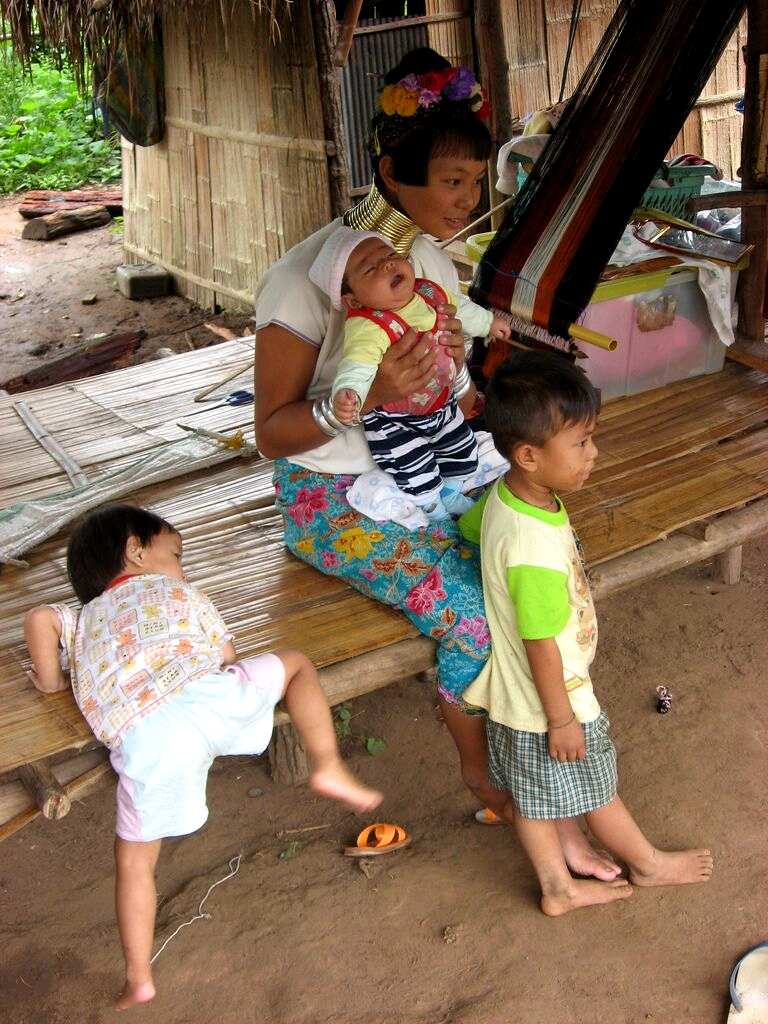
Figure 1.--Here we have a modern Karen mother with her children. |

|
The Karen or Kayin people are one of the largest indigenous tribal groups of Southeast Asia. Karen is the overall term for several
Sino-Tibetan language speaking ethnic groups. The Karen are primarily found in southern and southeastern Burma, Hey constitute about 7 percent of the overall Burmese population. A smaller number of Karen also reside in Thailand, mostly in the frontier region along the southern Burma-Thailand border north of the peninsula. The total population is unknown, but may be as high as nearly 15 million people. One of the best knowm Karen groups are the Red Karen (Karenni) which consists of the Padaung tribe. The Karen live along the Burma-Thailand border.
The Karens were farmers who cultivated the nutrient rich soils of southern Burma and western Thailand. The traditional religion was Animism and Buddhism, although a substantial number chave converted to Christinity. Some 30 percent of Karen, including many Karen leaders are Christian. There are two principal Karen groups: the Sgaws (S'waw) and the Pwos. The Karens are best known for their colorful traditional clothes. There are different styles among tge different Karen groups. They also have energetic, celbeatory festival dances. They are most notable for the metal neck rings that the women wear. The Karen were generally protected under British colonial rule. In fact the Karen were in part a creation of the British. The term Karen is an term describing a heterogeneous group of ethnic tribes that befire the arival of the British had very little in common,including language, culture, or religion. The current pan-Karen ethnic identity obly began to develop with the arrival of the British. Missionaries began wotking in the Karen areas, converting many to Christianity. British colonial policies helped build a Karen identity. Some of the Karen-speaking Christians began promoting a distinct identity from their non-Christian neighbors. The British granted them some special privileges, including military recruitment. Christian Karens organized the Karen National Union (KNU). The siutuation changed dramatically with the Japanese World War II invasion (1942). Brutal Japanese occupation policies alienated the Karen. The Japanese for their part saw the Karen as pro-British. The Japanese helped organize the Burmese Independence Army (BIA). Many Burmese belkieved the Japanese who claimed to be ousting the British in a desire to create an independent Burma. The men who joiined the BIA tended to be anti-British and tended to see the Karen with their pro-British attitudes as a opposition group. The Japanese and the BIA committed a series of brutal attriocities, wiping out whole Karen villages. Japanese Colonel Suzuki Keiji, commander of the BIA, helped defuse the situation to an extent. The Karen Landswere crosed by the Japanese Burma-Thai ralway. The Karen were among the local people dragooned into forced labor and large numbers perished under brutal working conditions. The Karen helped the British to drive thge Japanese out oif Burma (1944-45). Burmese-Karen tensions flared again with independence (1949). The KNU launched a guerilla war against the Burmese government. The Burmese rmy used very brutal tactics to supress the Karen insurgency. The KNU because of the Burmese Army supression tactics has changed its objective to a federal system with a degree of autonomy.
Navigate the Boys' Historical Clothing Web Site:
[Introduction]
[Activities]
[Biographies]
[Chronology]
[Cloth and textiles]
[Clothing styles]
[Countries]
[Topics]
[Bibliographies]
[Contributions]
[FAQs]
[Glossaries]
[Images]
[Links]
[Registration]
[Tools]
[Boys' Clothing Home]
Navigate the Boys' Historical Clothing national pages:
[Return to the Main Myanmar etnicity page]
[Return to the Main Burma page]
[Return to the Main Thailand page]
[Return to the Main Asian page]
[Afghanistan]
[Bhutan]
[China]
[India]
[Pakistan]
[Sri Lanka]
[Tajikistan]
[Turkmenistan]
[Uzbeckistan]
